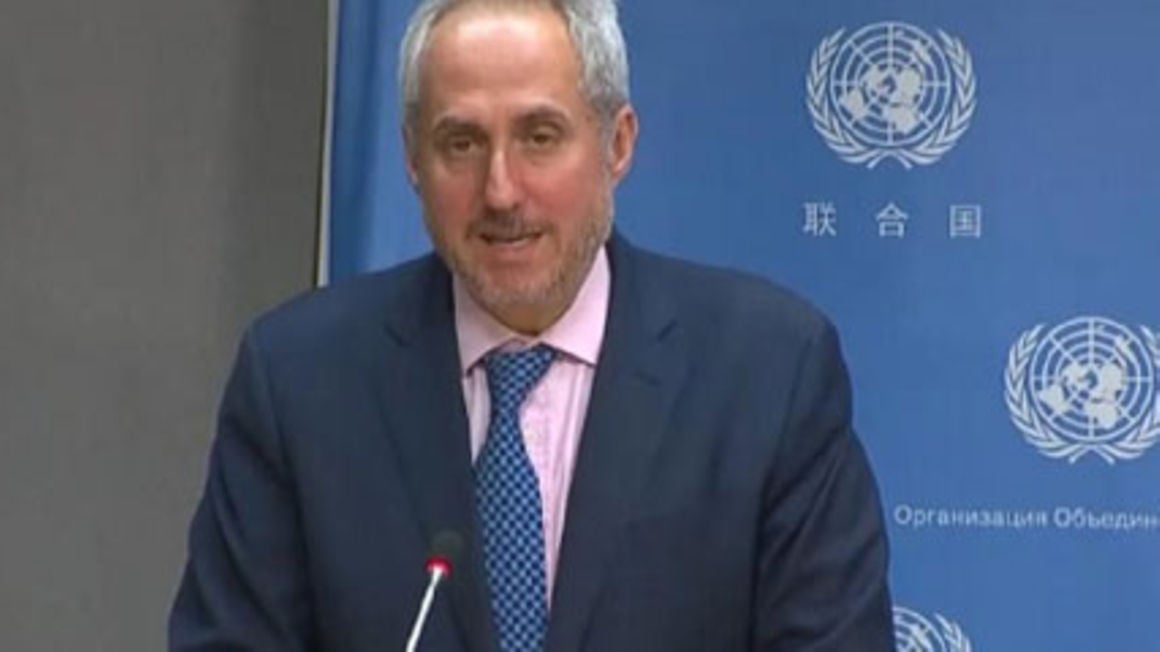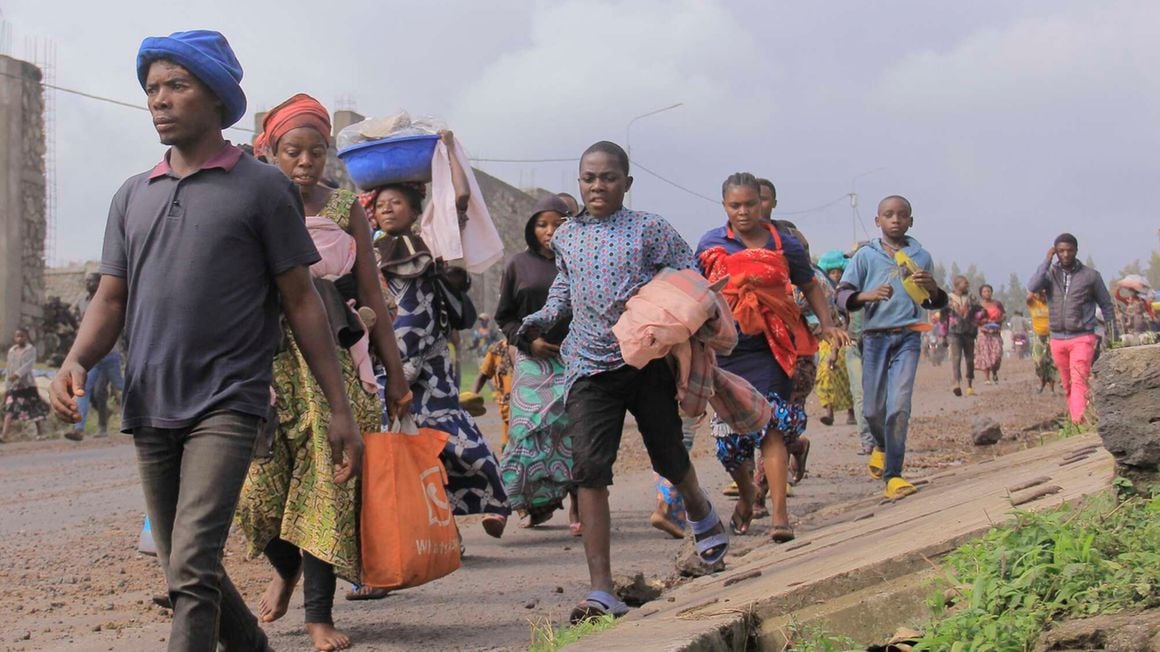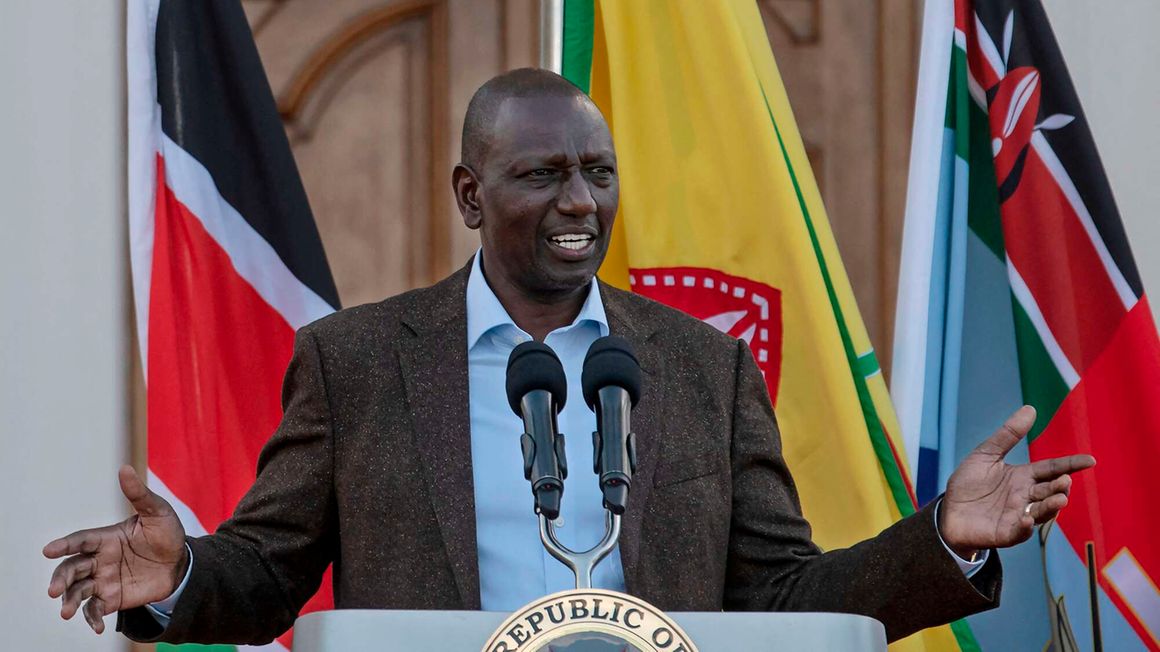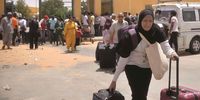Sudan’s three-week war was this week already topping levels in contributing to the region’s unwanted record of churning out forced migrants, joining Somalia, South Sudan Eritrea and Ethiopia.
By Tuesday, the United Nations Refugees Agency (UNHCR) said some 800,000 people had been displaced into South Sudan, Chad, the Central Africa Republic and Ethiopia by the war that began on April 15.
At least 520 people have been killed since Sudan's army, led by Abdel Fattah al-Burhan, clashed with Mohamed Hamdan Dagalo-led paramilitary Rapid Support Forces (RSF).
“The humanitarian situation is reaching breaking point,” said Stephane Dujarric, spokesman for UN chief Antonio Guterres, at a press conference on Monday.

UN chief's spokesperson Stephane Dujarric. PHOTO | AFP
“The scale and speed of what is unfolding is unprecedented in Sudan. We are extremely concerned by the immediate as well as long-term impact on all people in Sudan, and the broader region,” he added.
Sudan’s humanitarian situation is dire. But it is hardly unique in a region that has been exchanging batons in conflict.
Khartoum imploded just as the region had guided Ethiopia back from its war in Tigray. Before that, clashes in South Sudan were churning out refugees into Kenya, Uganda and Ethiopia.
And the impact of all this, coupled with natural disasters and economic challenges, has been pushing up migrant numbers, according to a new report launched on Tuesday in Nairobi.
Politics factor
The report notes that the wider Horn of Africa experienced the highest number of migrations in Africa in 2022, with 8.5 million moving within the 12 countries in the region.
The document published by the International Organisation for Migration (IOM) and known as The State of Migration in the East and Horn of Africa shows the region has 22.3 million displaced persons, who include nearly 17 million internally displaced persons, and 5.4 million refugees and asylum seekers. These also include 4.7 million labour migrant workers.
In Sudan, at least 75,000 Sudanese have been internally displaced.
UNHCR head Filippo Grandi said the region will have to contend with an increased number of refugees if the violence continues.
The IOM report, a joint product with the East African Community and Igad, says mobility in the region tends to be predominately triggered by insecurity and conflict, climate shocks and harsh climatic conditions, as well extreme poverty and inequality.
The report notes that the Covid-19 pandemic exacerbated pre-existing socioeconomic vulnerabilities for both resident and migrant populations.

Citizens fleeing from clashes between the Congolese army and M23 rebels in Goma, DRC. PHOTO | AUGUSTINE WAMENYA | ANADOLU AGENCY VIA AFP
While there has been constant significant migration from Somalia to the region since civil war broke out in the 1990s, there has been a new wave of migration from the Democratic Republic of Congo and Ethiopia.
South Sudan, however, has the highest number of migrants at 2.6 million followed by Sudan (2.1 million), and Somalia (2 million).
While South Sudanese emigrants have primarily moved within the region (98 percent), 66 percent of Sudanese emigrants are outside the region while for Somalia this figure stands at 52 percent.
About 87 percent of the 8.5 million international migrants originated from within the East and the Horn of Africa region while 43 percent of all emigrants from the region live outside the region. Of these over 68 percent live within Africa indicating that the largest movement of people takes place within the region and the continent.
Labour migration represents a key component of the mobility landscape, with the region contributing 4.7 million migrant workers.
“The report serves as an intellectual compass for defining the future policy agenda of the regional economic communities and governments,” said Mohammed Abdiker, IOM director for the East and Horn Africa.
Positive migration
Covering 12 countries– including Burundi, Djibouti, the DR Congo, Ethiopia, Eritrea, Kenya, Rwanda, Somalia, South Sudan, Sudan, Tanzania and Uganda – this is the first comprehensive report on the mobility dimensions of regional integration covering migration, trade, labour mobility, cross-border health, gender aspects, climate change and integrated border management.
The reports note that most countries in the region welcome movements driven by labour, which lead to an exchange of skills and diversity, and actualisation of the African Continental Free Trade Area.
Kenya’s President William Ruto, while launching the report, said that human mobility enabled political, economic, social and cultural integration as envisioned by the African Union’s Agenda 2063.

Kenyan President William Ruto. PHOTO | TONY KARUMBA | AFP
Kenya has established bilateral agreements with Ethiopia and South Sudan allowing their citizens to enter and exit without a visa. However, all Igad citizens must apply for a work permit once they have secured a job in Kenya.
On the other hand, Rwanda has extended visa-free access to all African nationals.
The region, IOM says, can benefit from free human mobility as it enables more trade, access to cheaper labour, and addresses gender gaps.
But regional blocs have to do better at advancing safe, regular and orderly migration by dealing with causes of forced movements such as climate change shocks, poverty and political instability. Also, there are still many challenges impeding human movement including unequal socioeconomic conditions in and between countries, which raise genuine fears, as well as misperceptions around the opening of borders.
More integrated border management, especially through One-Stop Border Posts, and the digitalisation of operations, is needed to ease movement, IOM says.






